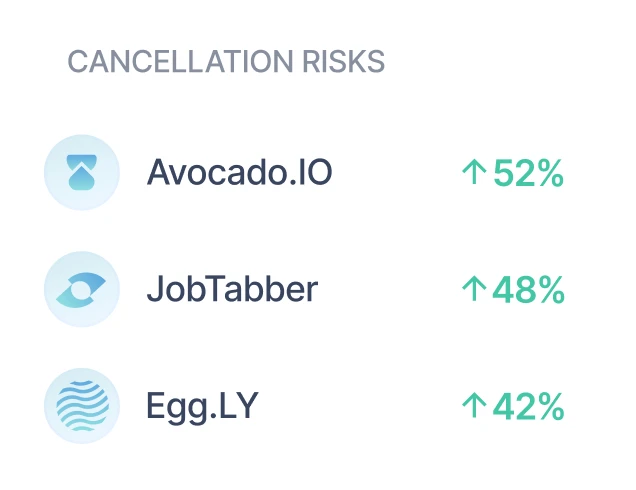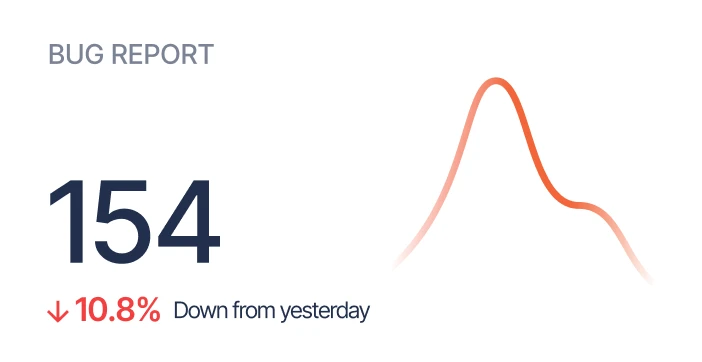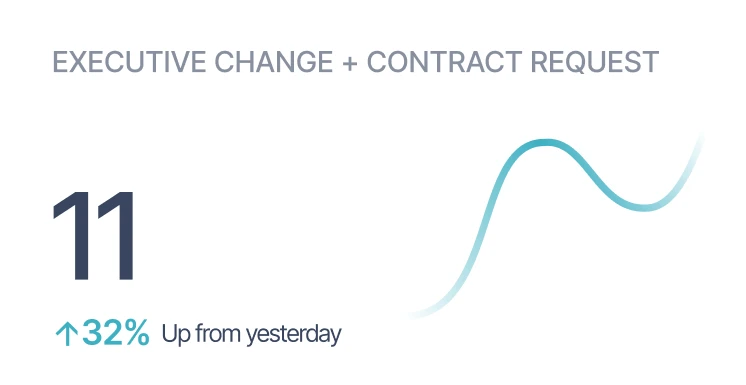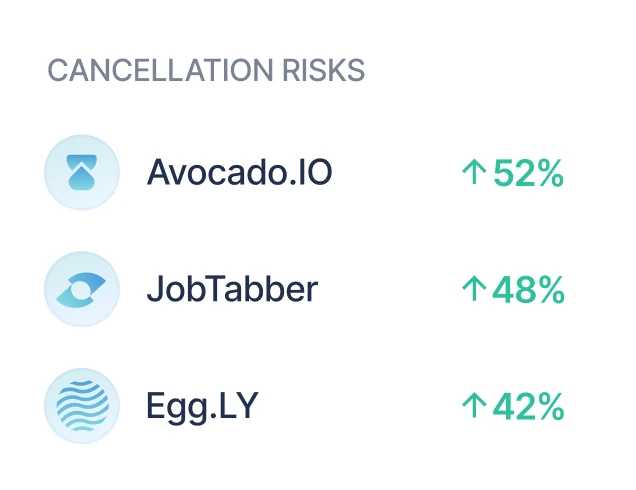AI-Powered Churn Detection and Retention Management: A Comprehensive Guide
Customer churn represents one of the most significant challenges for subscription-driven businesses, eroding recurring revenue and complicating strategic planning. The problem is compounded by the fact that critical warning signs often remain buried in fragmented data across support systems, sales communications, and customer interactions. While traditional monitoring approaches focus primarily on structured CRM data or usage metrics, they fail to capture the underlying reasons customers actually leave.
To address this challenge, a new generation of customer intelligence platforms leverages artificial intelligence to consolidate communication data, extract meaningful insights from unstructured text, and automate proactive retention strategies. This comprehensive approach transforms scattered customer signals into systematic, actionable intelligence that enables organizations to prevent churn before it occurs.
The Foundation: Consolidating Customer Communication Data
Effective churn detection requires complete visibility across all customer touchpoints, yet most organizations struggle with data fragmentation across multiple systems. Modern customer intelligence platforms solve this by creating a unified data foundation that aggregates unstructured interactions from email, support tickets, Slack conversations, Zoom calls, CRM notes, surveys, and other communication channels [1].
This consolidation eliminates the blind spots that occur when critical signals remain isolated in individual support queues, regional platforms, or departmental systems. By building pre-integrated connections with enterprise systems such as Salesforce, HubSpot, Zendesk, Jira, Gainsight, and others, organizations can establish comprehensive data pipelines in minutes rather than months [2].
The scale of this consolidation can be substantial. Leading platforms in this space have processed more than 31.1 million conversations containing 3.2 billion words [3], demonstrating the operational capacity to handle enterprise-level communication volumes while maintaining real-time processing capabilities. This unified data layer preserves customer context without requiring manual preprocessing, creating a searchable foundation that aligns with standard business analytics practices.
Advanced AI Detection: Converting Text into Risk Intelligence
Once customer communication data is centralized, the next challenge involves extracting actionable insights from unstructured text at scale. Traditional sentiment analysis tools provide limited value for churn prediction, as they fail to identify specific risk indicators that correlate with customer attrition.
Advanced AI-powered platforms address this limitation by applying natural language processing models to detect nuanced signals including contract and renewal requests, dissatisfaction expressed in sentiment, indications of sponsorship changes, and recurring feature requests [4]. The platform goes beyond sentiment scoring by tracking specific indicators such as loss of a key contact, concerns about contract terms, or budget limitations [5].
These detection capabilities operate continuously without manual tagging or subjective interpretation, as machine learning models refine themselves with each processed interaction. This automated ""early warning system"" continuously scans communication data and alerts teams before issues escalate [6].
Real-world implementations have demonstrated measurable impact from this approach. Internal studies have demonstrated that targeted detection enabled one account portfolio to retain 100 percent of clients over a period covering 100+ accounts, while another organization reported a 30 percent month‑over‑month retention improvement within six weeks of deployment [7].
Automation and Action: Converting Insights into Business Outcomes
Detecting churn risks provides value only when those insights translate into timely, coordinated responses across the organization. Modern customer intelligence platforms automate this process by integrating detected signals directly into existing enterprise workflows.
Automated Workflow Integration
When risk signals are identified, administrators can configure no‑code workflows that, for example, create Jira tickets for product friction, post alerts in Slack, or sync updates to Salesforce [8]. Detected issues can be logged as Signal Events inside Salesforce objects, feature requests enter Jira automatically, and alerts are transmitted through Slack or email [9].
This automation eliminates manual data entry tasks that can consume 87 hours per representative annually, translating into savings of more than $350,000 for a 100‑person team [10]. The technical foundation operates on AWS with SOC2 Type II certification and encrypted storage, enabling compliance-conscious enterprises to integrate without redesigning their security model [11].
Strategic Product Intelligence
Beyond individual account management, consolidated customer communication data reveals strategic patterns that inform product development priorities. Organizations have discovered that specific product lines or features generate disproportionate amounts of customer confusion or dissatisfaction. For instance, one analysis revealed that a single product line was responsible for 84 percent of reported customer confusion, guiding targeted roadmap adjustments [12].
Dashboards present metrics like churn forecasts, revenue risk levels, and feedback segmentation by customer cohort, enabling leadership to align decisions with quantified patterns. Customers using these platforms report discovering concentrated sources of dissatisfaction, such as identifying a single product line responsible for more than 80 percent of complaints [13].
Implementation Scenario: Enterprise SaaS Provider
Consider a subscription software provider experiencing increased churn among enterprise accounts. Traditional monitoring approaches provide limited visibility into the reasons behind customer departures, as sentiment and concerns are scattered across separate support systems, email communications, and account management notes.
By implementing an AI-powered customer intelligence platform, the organization consolidates these disparate data sources into a unified analysis system. When customers begin expressing dissatisfaction through various channels—whether in support tickets, email responses, or call transcripts—the AI system detects these sentiment shifts and generates risk alerts.
Rather than waiting for quarterly business reviews or renewal conversations to surface problems, account teams receive real-time notifications with full context about specific customer concerns. Automated workflows ensure that technical issues reach product teams through Jira tickets, while account managers receive Slack alerts with actionable intelligence about relationship risks.
Over the following quarter, the organization observes measurable improvements in retention rates as teams can address customer concerns proactively rather than reactively. Product teams use aggregated feedback data to prioritize development efforts on features causing the most customer friction, while customer success managers engage accounts with targeted solutions before renewal decisions are made.
The capability to unify conversational data, detect churn signals at scale, and act on them through automation gives product leaders new leverage in improving retention. Combining quantitative metrics with detailed voice‑of‑customer insights enables organizations to balance product strategy with customer expectations.
- Consolidated communication creates a unified layer of customer truth
- AI-based extraction transforms unstructured data into early churn indicators
- Automated routing accelerates response and reduces manual overhead
- Consolidated structured and unstructured data streams
- Apply machine learning to detect dissatisfaction signals at scale
- Operationalize risk alerts across account teams
- Prioritize measurable retention improvements over anecdotal insight

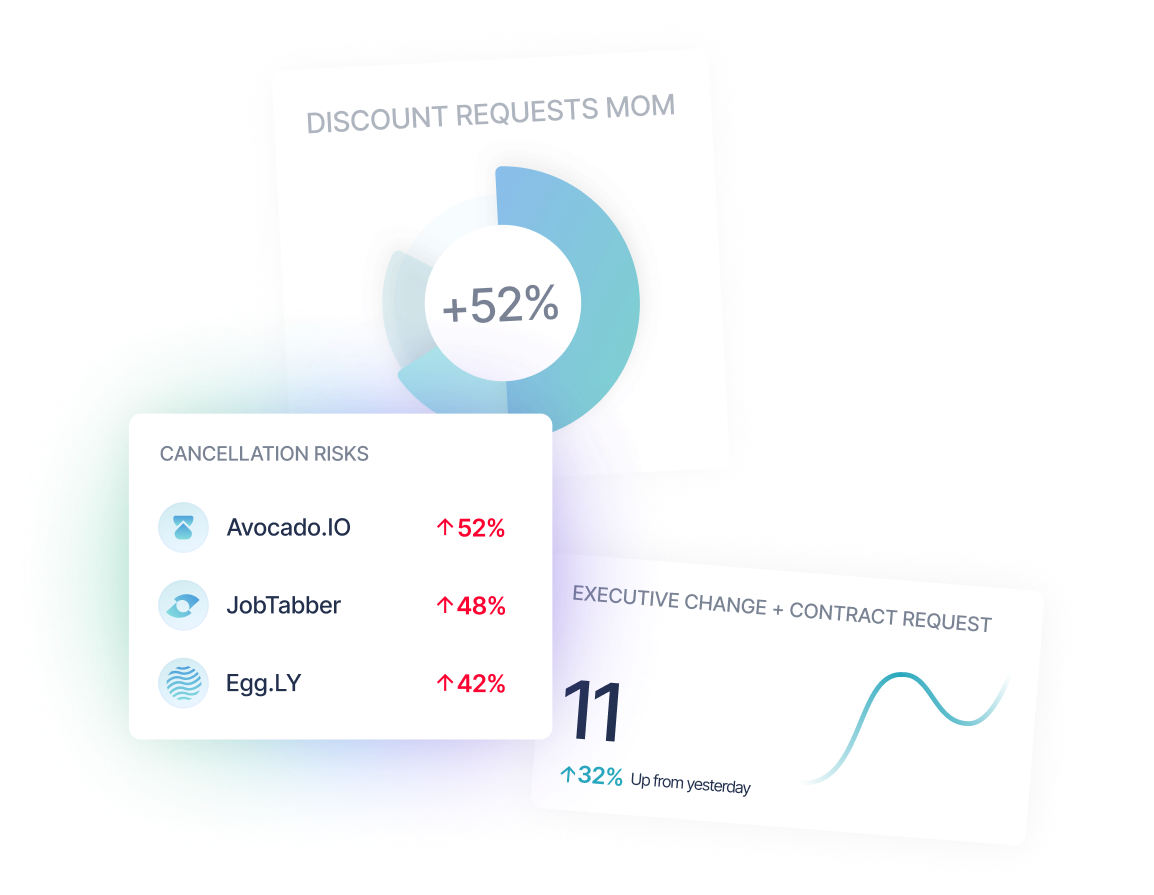



%201.png)

